Current Projects:
Since 2016 we have been attaching small lightweight transmitters called nanotags to the backs of several species of passerines. Like the bird band that it wears on its leg, the nanotag on its back is also unique to the individual. These tags send out unique signals or "codes" that tower arrays set up throughout the western hemisphere can detect; researchers can also detect the codes using hand-held receivers.
The frequency & location of the "pings" received from the tagged birds can help researchers answer many questions that we have concerning migration and the current issues facing migratory birds. For us, we are particularly interested in stopover ecology. By gaining a better understanding of how the birds use the habitat along the PA shoreline of Lake Erie during migration, we can then help local lawmakers and homeowners make informed decisions on how to protect and conserve critical stopover habitats.
Tracking avian movements also allows us to get a better understanding of the flight paths of different species. We know that birds that winter to the south of us and breed to the north have to get there (and back!) by crossing the Great Lakes but, which path they take & how long it takes to accomplish that feat are things that we, as researchers, are just starting to learn.
In Spring 2018, EBO began collaborating with researchers at Carnegie Museum's Powdermill Avian Research Center and at the Lights Out Cleveland group (part of the Ohio Bird Conservation Initiative) on a project attempting to better understand the long-term effects of window collisions on migrating birds. In Cleveland researchers banded and tagged birds that were rehabbed after colliding with downtown buildings during migration. We then attempted to tag the same species on the same day at our banding station, our birds acting as the control group to which the migratory behavior of the rehabbed birds will be compared.





